
USB-C Charging E-Bikes: Everything You Need To Know
The electric bike market is evolving rapidly, and one of the latest technological advancements making waves is the introduction of USB-C charging. This universal charging method has revolutionized how we power smartphones, laptops, and other electronics—and it’s now beginning to shape the future of electric bikes.
With convenience, compatibility, and faster charging speeds, USB-C charging e-bikes are redefining what it means to ride smarter. While not yet widespread, this technology represents a shift toward a simpler, more efficient e-bike ecosystem.
In this article, we’ll explore how USB-C charging works for e-bikes, what makes it advantageous, how it compares to traditional charging, and why isinwheel electric bikes—even without USB-C—remain among the most innovative and user-friendly options on the market.
What Are USB-C Charging E-Bikes?
USB-C charging e-bikes are modern electric bikes that use USB Type-C ports instead of bulky proprietary chargers. With a standard USB-C cable, riders can charge from wall adapters, power banks, or laptops, making it simple and convenient on the go.
USB-C connectors are compact, reversible, and support fast power delivery, reducing e-waste and improving accessibility. While still emerging, this technology is expected to become a standard feature in the next generation of e-bikes.
How USB-C Charging E-Bikes Work
At the heart of every USB-C charging e-bikes is an advanced feature called Power Delivery (PD) — a smart charging protocol that enables seamless communication between the battery and the charger. This technology ensures safe, efficient, and optimized power transfer every time you plug in your bike.
-
Plug in the USB-C cable into the e-bike’s charging port.
The process begins with connecting a standard USB-C cable to your USB-C charging e-bikes. Unlike traditional e-bike chargers that use bulky, one-directional connectors, the USB-C plug is compact and reversible — meaning it fits perfectly no matter which way you insert it. This convenience makes charging faster, cleaner, and more user-friendly. -
The battery management system (BMS) communicates with the charger.
Once connected, the e-bike’s battery management system immediately exchanges data with the charger. This communication determines the exact voltage and current the battery needs at that moment, ensuring that the power input is perfectly matched to the battery’s condition and charge level. -
Power Delivery (PD) regulates current flow for safety and efficiency.
The PD protocol continuously monitors and adjusts power flow to prevent issues like overheating, overcharging, or voltage spikes. This intelligent regulation not only keeps the charging process safe but also helps extend the lifespan of the battery by maintaining optimal charging conditions. -
The e-bike charges at the optimal speed.
After negotiation, charging begins at a speed that suits both the battery capacity and the power source’s capabilities. Smaller e-bike batteries charge quickly, while larger ones charge steadily to protect cell health. When connected to high-output USB-C adapters or power banks, charging can be surprisingly fast and efficient.
Advantages of USB-C Charging on Electric Bikes
The shift toward USB-C charging e-bikes brings several key benefits for riders. It’s not just about convenience—it’s about smarter, faster, and more efficient charging for modern electric bikes.
Universal Compatibility
USB-C charging e-bikes use a single universal cable instead of bulky, proprietary chargers. This makes charging more flexible and accessible. Whether at home, work, or while traveling, riders can power up using wall adapters, laptops, or portable power banks. Forgetting your charger is no longer a problem—a simple USB-C cable keeps you moving throughout the day.
Faster and Smarter Charging
USB-C charging e-bikes feature Power Delivery (PD) technology that automatically regulates voltage and current for safe, efficient charging. This ensures the battery receives the ideal power level, shortening charge time while preventing overheating or damage. Over time, it helps maintain battery health and performance.
Portability and Convenience
Traditional e-bike chargers are often heavy and difficult to carry. USB-C charging eliminates that issue, using a lightweight cable and compact adapter that easily fits in a backpack. For commuters or city riders, this means less bulk and more convenience during daily travel.
Energy Efficiency
USB-C chargers are designed to deliver only the necessary power, minimizing energy waste. This adaptive system makes USB-C charging e-bikes more sustainable and cost-effective, helping reduce overall power consumption.
Future-Proof Technology
USB-C is fast becoming the universal charging standard across all electronic devices—from smartphones to laptops and now e-bikes. As the technology continues to evolve, USB-C charging e-bikes will become even more efficient and widely compatible, paving the way for a simpler and more connected future in electric mobility.
Tips on Charging Your E-Bikes via USB-C
If you own or plan to purchase a USB-C charging e-bike, following proper charging practices can help maintain your battery’s health and ensure long-term performance. Since USB-C charging e-bikes rely on advanced power delivery systems, correct handling and maintenance are key to achieving consistent efficiency and reliability. Here are essential tips to help you get the most out of your USB-C charging e-bike.
Use Certified USB-C Cables and Adapters
Not all USB-C accessories are built to handle high power outputs safely. Always use certified USB-C cables and adapters that support Power Delivery (PD) technology. This ensures your USB-C charging e-bike receives stable voltage and current without overheating or damaging the battery. When possible, use the manufacturer’s recommended charger or a high-quality cable rated for 60W–100W output.
Avoid Overcharging
Even though most USB-C charging e-bikes include smart battery management systems that prevent overcharging, it’s still best to disconnect the charger once the battery reaches full capacity. Leaving the bike plugged in for long periods can increase internal stress on lithium cells over time.
Charge in Moderate Temperatures
For optimal results, always charge your USB-C charging e-bikes in moderate conditions. Lithium-ion batteries work best at room temperature—ideally between 10°C and 30°C (50°F to 86°F). Charging in extreme heat or cold can reduce battery life and slow charging efficiency.
Keep Your Battery Partially Charged During Storage
If you plan to store your USB-C charging e-bike for an extended period, maintain the battery at around 40–60% charge. This helps prevent deep discharge and cell damage, ensuring your battery remains healthy when you’re ready to ride again.
Clean the Charging Port Regularly
Dirt, dust, and moisture can interfere with your USB-C charging e-bike’s power connection. Regularly clean the charging port using a dry, soft cloth to maintain optimal performance and prevent connectivity issues. Avoid using wet materials or compressed air, which could damage internal components.
Avoid Using the E-Bike While Charging
Although USB-C charging e-bikes offer great convenience, it’s not advisable to use them while charging. Doing so can cause unnecessary strain on the battery, reduce efficiency, and generate excess heat. Always unplug your e-bike before riding to maintain battery health and safety.
Conclusion
USB-C charging e-bikes are the future of electric mobility, offering faster, smarter, and more convenient charging. With USB Power Delivery, these bikes ensure safe, efficient charging while protecting battery health and extending lifespan.
By following simple charging best practices—using certified cables, avoiding extreme temperatures, and unplugging when full—riders can get the most out of their USB-C charging e-bike. As brands like isinwheel continue to innovate, the era of bulky, slow chargers is ending, making way for a lighter, faster, and more efficient e-bike experience.
The Latest Posts
Explore isinwheel products
City E Scooter | Off-Road Scooter
Fastest Scooter | Kids Scooters




















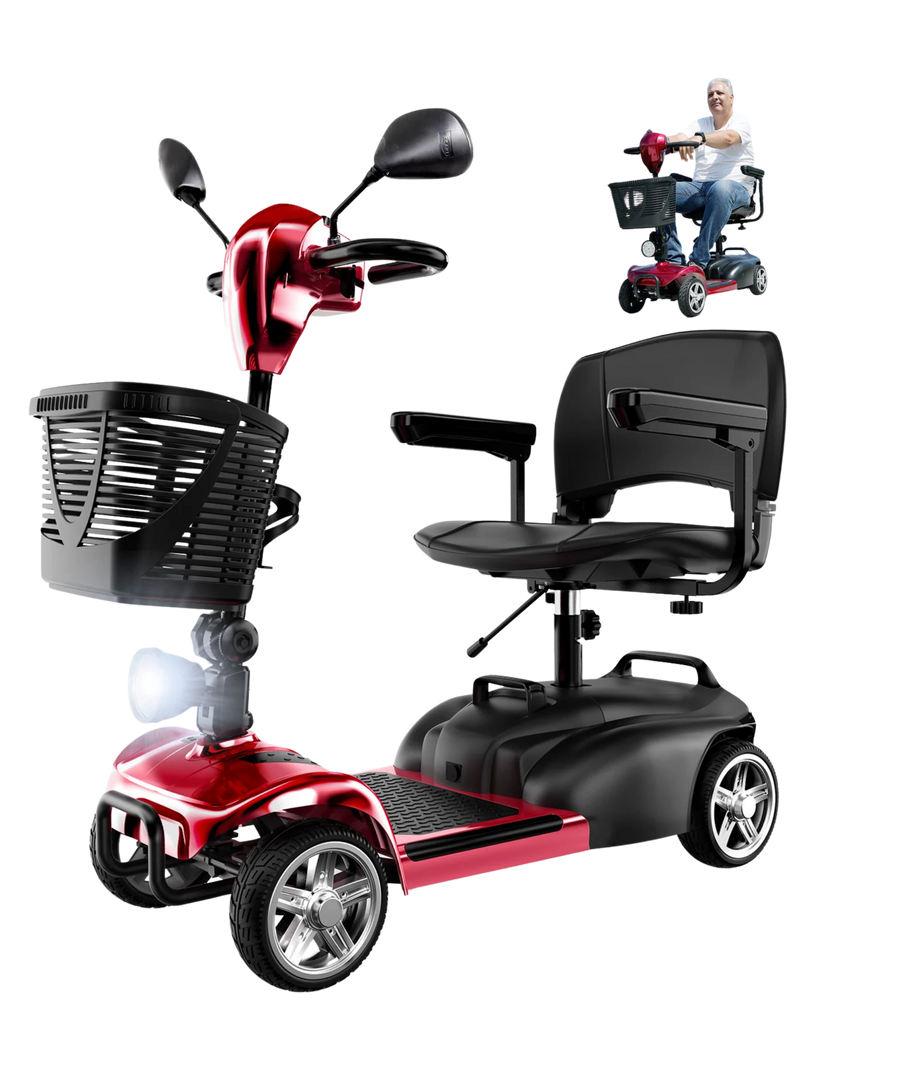


























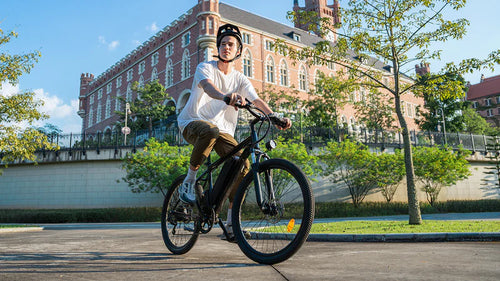
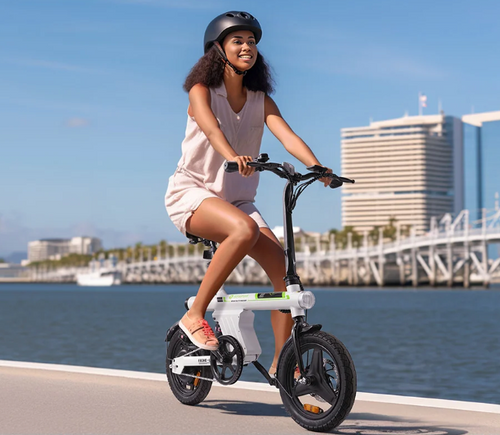



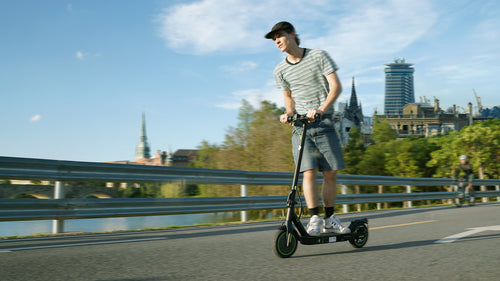


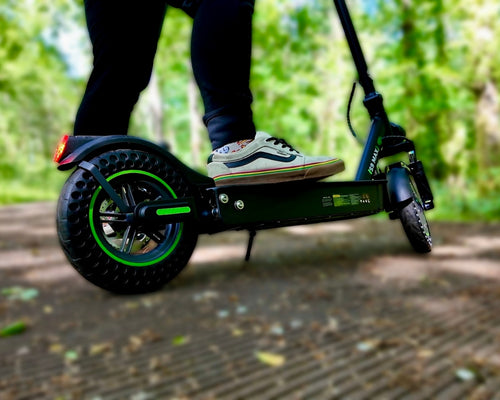
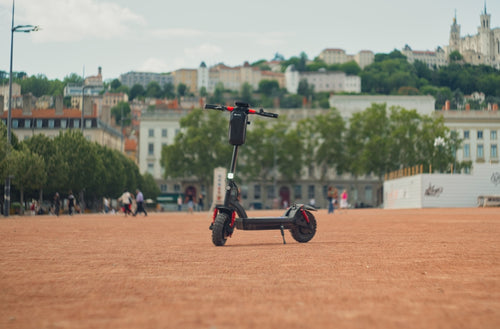
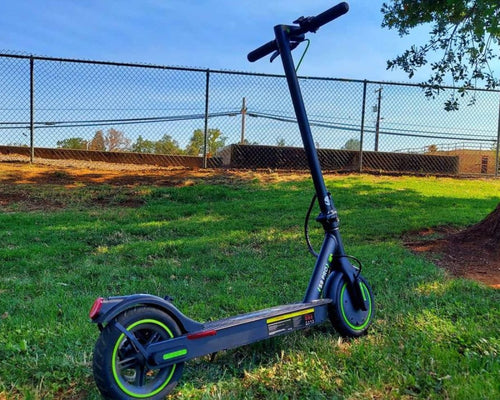





Leave a comment